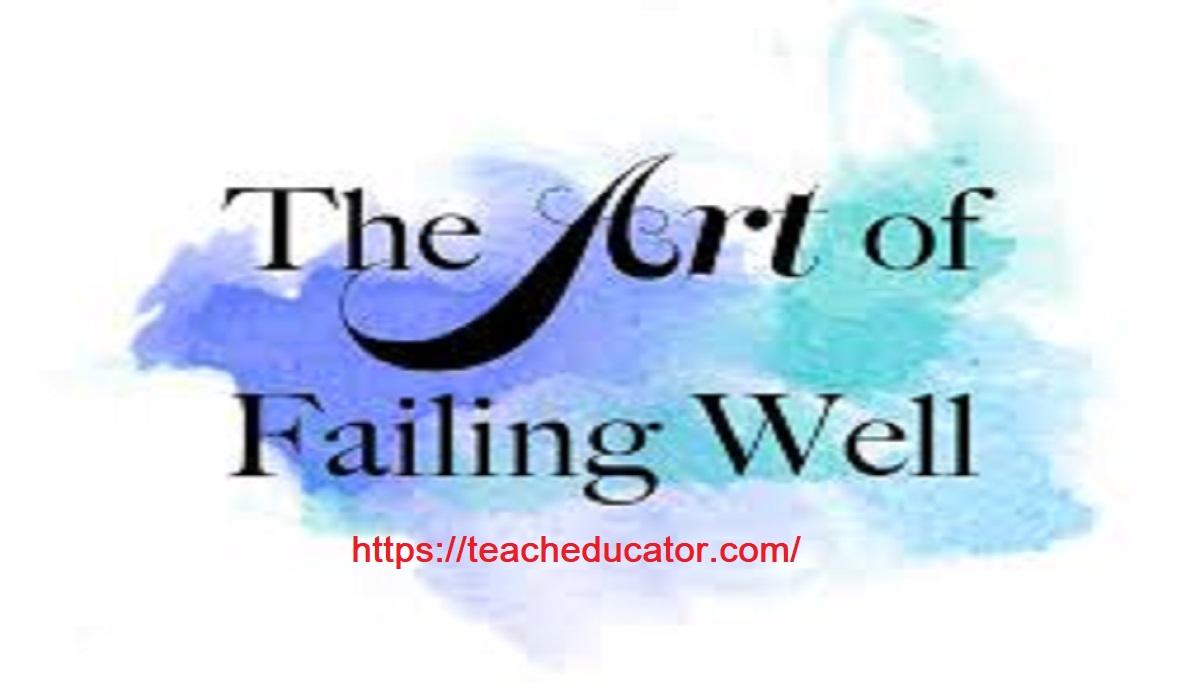One School’s Strategy for Student Success
One School’s Strategy for Student Success: In a world that often prioritizes perfection, failure is frequently seen as a setback rather than a stepping stone. However, one innovative school is challenging this mindset by teaching students how to fail well—turning mistakes into powerful learning opportunities.
At TeacherEducator.com, we explore how this school’s unique approach fosters resilience, creativity, and long-term success. By embracing failure as part of the learning process, educators are helping students develop the skills they need to thrive in an unpredictable world.
Why Teaching Failure is Essential for Student Success
The Fear of Failure in Education
Many students grow up fearing mistakes, believing that failure means incompetence. Standardized testing, high academic pressures, and social comparisons reinforce this anxiety. However, research shows that learning from failure is crucial for cognitive and emotional growth.
The Science Behind Learning from Mistakes
Studies in psychology and neuroscience reveal that:
- Mistakes activate brain growth – When students analyze errors, their brains form stronger neural connections.
- Failure builds resilience – Overcoming challenges strengthens perseverance and problem-solving skills.
- A growth mindset improves performance – Students who see failure as temporary perform better long-term.
How One School is Redefining Failure?
1. Creating a Safe Space for Mistakes
Instead of penalizing errors, this school encourages reflective learning. Teachers:
- Normalize mistakes in class discussions
- Share their own past failures
- Reward effort over perfection
2. Structured Reflection Exercises
After assignments or tests, students engage in:
- “Failure Journals” – Writing about what went wrong and how to improve
- Peer Feedback Sessions – Collaborative problem-solving
- Growth Mindset Workshops – Shifting from “I can’t” to “I can’t yet”
3. Gamifying Failure
Some classes use:
- “Fail Forward” Challenges – Students earn points for trying, even if unsuccessful
- Iterative Projects – Multiple drafts with feedback loops
- Role-Playing Setbacks – Simulating real-world obstacles
The Results: Stronger, More Confident Learners
Since implementing this strategy, the school has observed:
✅ Higher engagement – Students take more intellectual risks
✅ Improved problem-solving skills – Less fear of difficult tasks
✅ Better emotional regulation – Reduced test anxiety
FAQs: Teaching Students to Fail Well
1. Why should schools encourage failure?
Failure is a natural part of learning. By teaching students to embrace it, schools help them develop resilience, adaptability, and critical thinking—skills essential for future success.
2. Doesn’t rewarding failure lower standards?
No. The goal isn’t to celebrate failure itself but to value the learning process. Students still strive for excellence but understand that mistakes are part of growth.
3. How can parents support this approach at home?
- Praise effort, not just results
- Share personal stories of overcoming setbacks
- Encourage problem-solving instead of rescuing from failures
4. What’s the difference between a growth mindset and just failing repeatedly?
A growth mindset means learning from mistakes, not ignoring them. Students analyze what went wrong and adjust strategies, rather than repeating errors without reflection.
5. Can this method work in standardized testing environments?
Yes! Even in test-heavy systems, teachers can:
- Frame exams as learning checkpoints, not final judgments
- Use mistakes to identify knowledge gaps
- Teach stress-management techniques
Conclusion: Failure as a Foundation for Success
The school’s strategy proves that failure isn’t the opposite of success—it’s part of it. By teaching students to fail well, educators equip them with the mindset and skills needed for lifelong learning.
